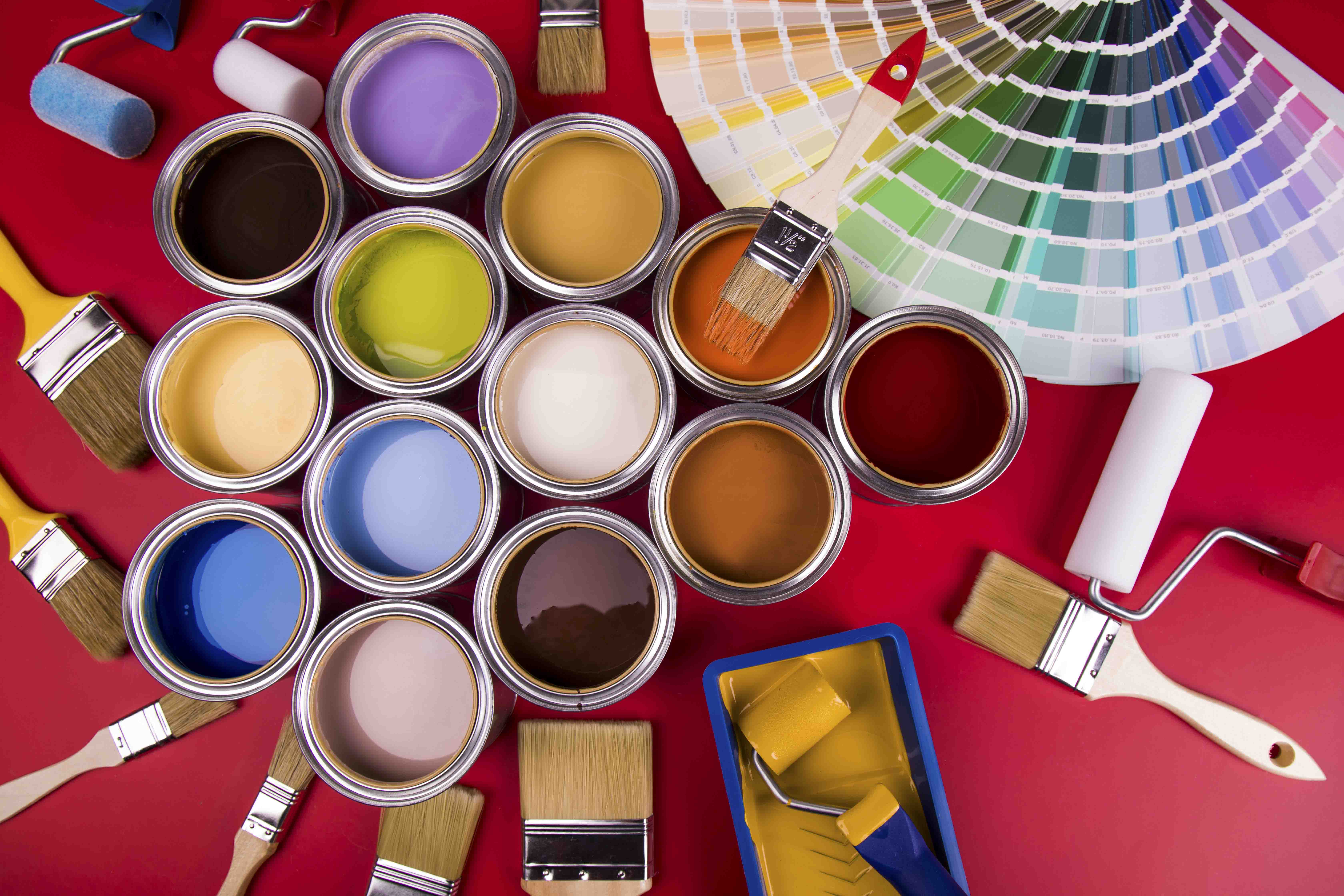Unlocking Emotions: The Power of Colour Psychology in Home Design
Colour psychology plays a vital role in shaping our emotions, moods, and overall well-being. When it comes to home design, selecting the right colours can transform a living space from mundane to magnificent. In this blog, we will delve into the fascinating world of colour psychology and how it influences our homes.

The Basics of Colour Psychology
Colour psychology is the study of how colours affect human behaviour and emotions. Different colours evoke various feelings and responses, making them powerful tools in interior design. Let's explore some common colours and the emotions they elicit:
- Cool Colours:
- Blue: Often associated with calmness and tranquillity, blue is an excellent choice for bedrooms and bathrooms.
- Green: Representing nature and growth, green is ideal for creating a harmonious and restorative environment in any room.
- Warm Colours:
- Red: A passionate and energetic colour, red can add warmth and drama to dining rooms or living spaces.
- Yellow: As the colour of sunshine, yellow brings positivity and energy to kitchens and sunrooms.
- Neutrals:
- Gray: Known for its versatility, grey can create a modern, sophisticated ambiance in any space.
- Beige: A classic neutral, beige promotes comfort and a timeless appeal.
The Impact on Home Design
Understanding colour psychology can guide your choices in home design. Here's how:
- Mood Enhancement: Selecting colours that align with the desired mood of each room can significantly impact your daily life. For instance, calming blues in the bedroom can promote better sleep quality, while vibrant reds in the dining room encourage lively conversations.
- Room Size Perception: Colours can also manipulate the perception of space. Lighter colours make a room appear more spacious, while darker hues lend cosiness and intimacy to larger spaces.
- Personal Expression: Your home should reflect your personality. The colours you choose can convey your individuality and create a space where you feel most comfortable.
- Harmonious Design: Combining colours effectively is key to achieving a harmonious design. Complementary colours (those opposite on the colour wheel) can create visual interest, while analogous colours (next to each other on the wheel) provide a cohesive look.

Colour psychology is a powerful tool in home design. By understanding the emotional impact of colours, you can create spaces that not only look beautiful but also make you feel great. So, the next time you pick up a paintbrush or shop for furniture, consider the psychology of colour, and watch your home come alive with the perfect hues.
